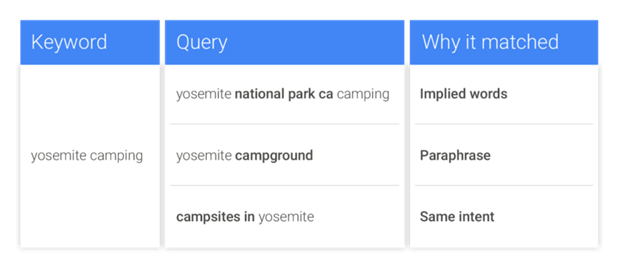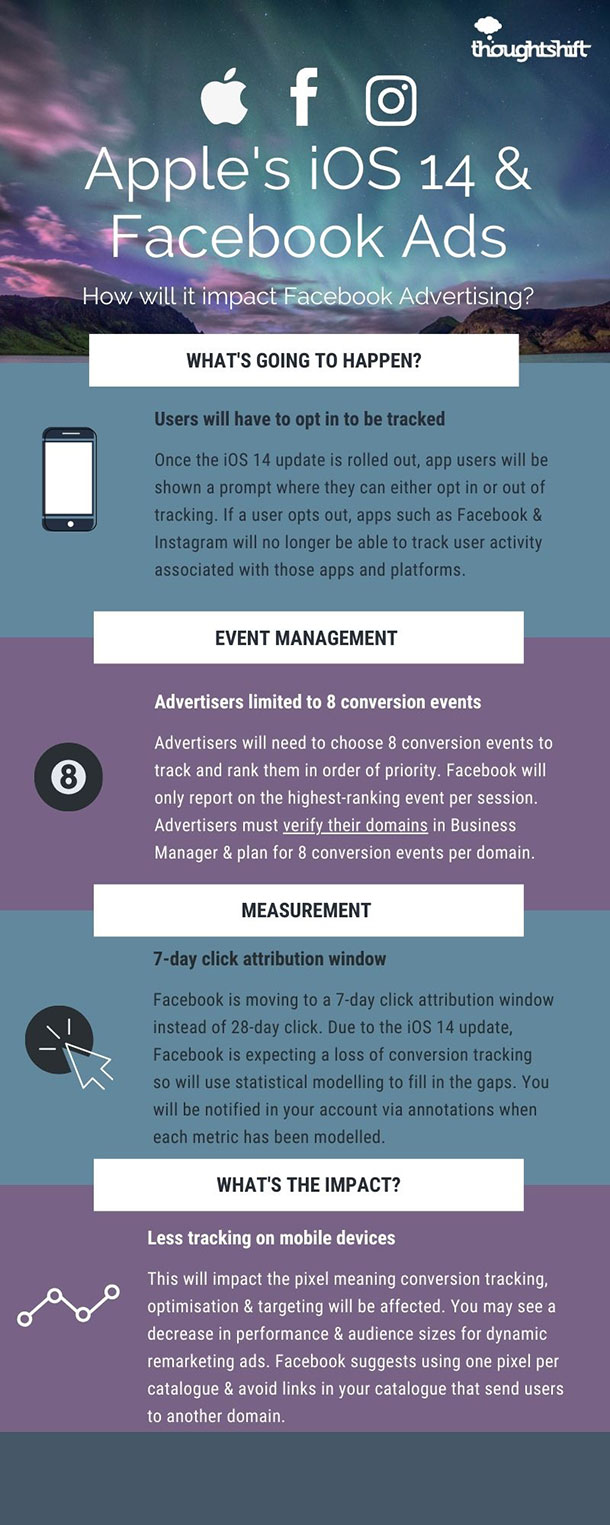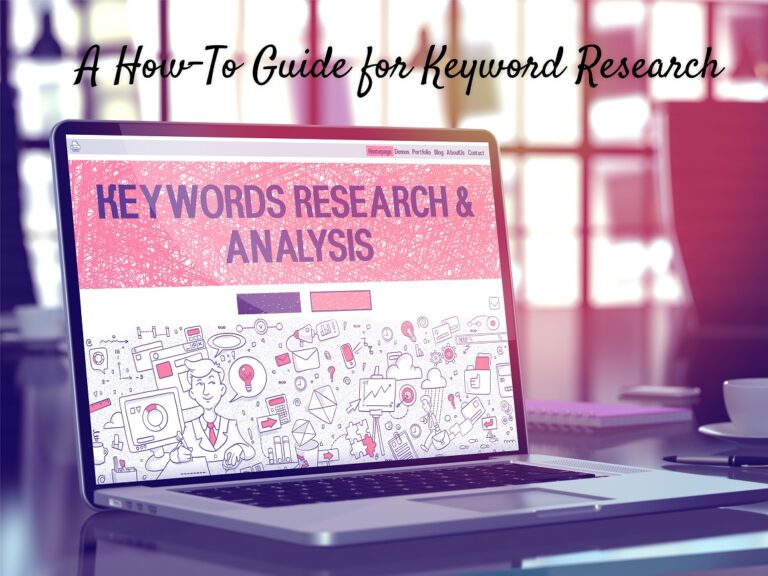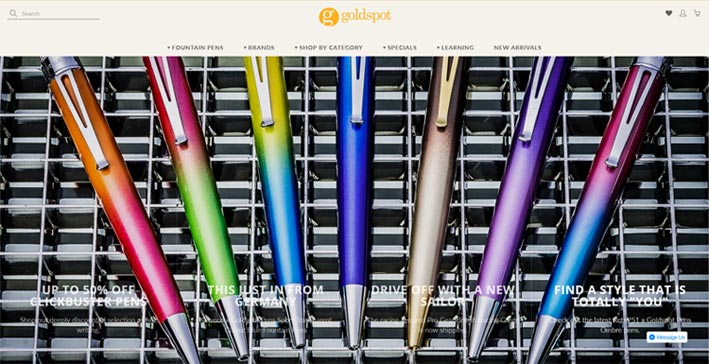Since Google’s announcement in January 2020, you may have read somewhere that Google is removing support for third-party cookies, did more research around this update, and yet found yourself struggling to understand what that meant for you as a business advertising with Google Ads.
There’s ample information out there to tell you:
Established businesses on the other hand, with whom many people are familiar, may find that they need to spend more to get new users, and, it follows, new customers.
- what a third-party cookie is (it tracks where you’ve been on the internet)
- what Google’s plan is for the third-party cookie (it is removing support for third-party cookies by 2022, which means that advertisers will no longer be able to target individuals on websites based on what other particular websites they have been browsing when they are browsing on Chrome)
- why Google is removing support for it (to satisfy growing demands for Big Tech to respect users’ privacy)
- how it affects Google (it affects their marketing tools and algorithms)
- how it affects digital marketing (again, it affects marketing tools, specifically the extent to which digital marketers can refine their target audience), and
- how companies are looking for ways to compensate for the removal of the third-party cookies by turning to other ways of tracking (Google for example is developing a solution called Google’s Privacy Sandbox that tracks groups of people rather than individuals, and so ensures that individuals remain anonymous).
But you may want to know, more simply, will Google’s removal of support for third-party cookies make it harder for you to reach new customers? Make it harder for you to re-engage past visitors to your site? Make it harder to get the sales and leads that contribute to making your business profitable? If everything that you’ve read so far has still left you wondering, read on.

Will it be harder for me to reach new customers?
You will likely need to spend more to reach new customers, so yes, it will be harder for you to reach new customers.
This is not because there will be fewer people you can reach once support for the third-party cookie is removed. You will still be able to potentially target everyone who uses the Chrome browser. Rather, this is because you will not be able to refine your audience in as detailed a way as you did before.
This is not to say that advertisers will not be able to create relevant audiences to target. Currently, advertisers using Google Ads can target people with text, shopping, display and video ads based on:
- keyword (though this type of targeting is not available for shopping ads, which serve when the query relates to the product information provided in the shopping feed rather than a keyword)
- placement, that is to say, specific website URLs (though this type of targeting is not available for text or shopping ads, which show on search engines rather than websites)
- topic, that is to say, websites grouped by the type of content that they have (though this type of targeting is not available for text or shopping ads, which show on search engines rather than websites)
- Google’s generated audiences, which rely on signals triggered by the browsing and searching behaviour of internet users, and cover a whole range of categories:
- age
- gender
- parental status
- marital status
- education level
- home-ownership status
- household income (if you’re advertising in a country that allows this, i.e., the U.S. but not the U.K.)
- what they are interested in
- what they are actively researching
- language
- location
- device
- day of week
- time of day
Come 2022, this will still be true, you will still be able to target users using the criteria listed above, as ways of tracking that do not use third-party cookies are used already, like device fingerprinting, or will likely be in use by then, like the track-by-group method of Google’s Privacy Sandbox.
Rather, the negative impact of Google’s removing support for third-party cookies is all to do with Google’s impending inability to differentiate between a cold audience (i.e., people who have never seen your ad or visited your website) and a brand aware audience (i.e., people who have seen your ad and people who have already visited your website). Google’s update means that you will no longer be able to use the frequency cap function when creating ads to run on the Google Display Network – this function allows advertisers, when creating display or video ads, to limit the number of times a user views an ad. Nor will you be able to exclude past visitors from your targeting when you are showing display or video ads to people who are using the Chrome browser to visit websites. Whereas previously you were able to avoid wasting money on introducing yourself to people browsing on Chrome who had already seen your ad or visited your website.
This only affects display advertising and video advertising where the video ads show on third-party websites that are not Google-owned – Dailymail.co.uk, for example. You will still be able to cap the number of times your ad shows to users on YouTube (which is Google-owned) and to exclude past visitors when running text ads and shopping ads on the Google Search Network. However, it is more cost-effective to grow brand awareness per thousand impressions and thereby reach potential new customers with display ads and video ads, where ads do not have to match a keyword in order to show, and where campaigns can be optimised to get as many impressions as possible, regardless of whether people click on the ad or not.
So, by making it impossible for advertisers to set up frequency capping or exclude past visitors from display and video ad targeting where the video ads show on websites, Google has made the ideal ad format for growing brand awareness more costly to run.
While businesses new and old will all lose these capabilities to cap ad views, new businesses are not losing capabilities that they would have made much use of. This is because not many people have heard of businesses that are new and most ad impressions are served to a cold audience without the need to exclude past visitors, and Google’s requirement of having 1,000 users in the last 30 days in any audience you wish to use means that being able to exclude past visitors is not something you are able to do when your website is fairly new anyway.
Established businesses on the other hand, with whom many people are familiar, may find that they need to spend more to get new users, and, it follows, new customers.
Will it be harder for me to re-engage past visitors?
Not really.
If you wish to re-engage them with display or video ads that show on third-party websites that are not Google-owned, then yes, it will be harder because you will not be able to show these types of ads specifically to people who have already visited your website; therefore, you will not be able to create ads of this format that assume that people already know who you are and what product or service you provide.
However, you will still be able to re-engage past visitors effectively with video ads that show on YouTube, with text ads, and with shopping ads. That is to say, you can still create ads with different copy and assets depending on what page on your website they visited, whether they abandoned their cart, whether they have purchased before, etc.
It will not be harder for you to re-engage past visitors because Google’s removal of support for third-party cookies will not affect targeting capabilities of the ad formats that are the most effective for re-engaging past visitors, namely text ads and shopping ads. Why are these ad formats the most effective? Because the keyword targeting that determines when text ads are shown and the product-specific targeting that determines when shopping ads are shown are the most effective ways of narrowing your audience down to users with purchase or conversion intent, ensuring that you are re-engaging past visitors when they want to be reminded since they are in the mood to shop, and not when they just want to read or watch something for learning or to be entertained.
Will it be harder for me to get sales and leads?
Not if you are willing to invest more in re-engaging and converting people who have already visited your site, and to maintain the loyalty of your existing customers. You know by now that it may be harder to reach new users when you are serving ads on third-party websites with a smaller regular readership – Coolimba.com, for example. Whereas previously if you set a frequency cap of 2 impressions per month, then for every 1,000 impressions your ad you would be shown to a minimum of 500 users per month, now without the third-party cookies, for every 1,000 impressions your ad could be shown to 1 user 1,000 times or 1,000 users once.
The removal of support for third-party cookies is not something that is new for the internet. The challenges that you will face by 2022 you are already facing now when you show ads to people who are using certain other browsers: to people who are browsing on Firefox, which removed support for third-party cookies in 2019, and to people who are browsing on Safari, which has around 35%, the 2nd largest percentage, of the browser market share in the UK, and which removed support for third-party cookies in 2020.
Moreover, though most articles focus on the potential damage to advertising performance that the removal of support for third-party cookies will cause, there are some benefits in not supporting third-party cookies too. With the disappearance of requests for third-party cookies on webpages, websites everywhere on Chrome will load a little more quickly, thus improving user experience and conversion rate.
Follow my contributions to the blog to find out more about online advertising news and tips or sign up to the ThoughtShift Guest List, our monthly email, to keep up-to-date on all our blogposts, guides and events.






